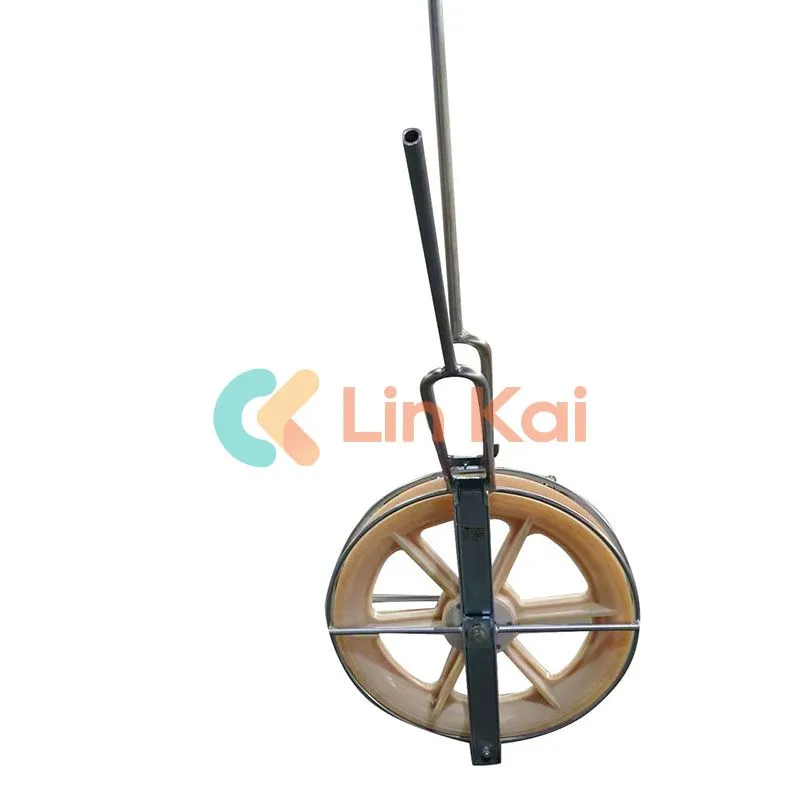Understanding the Role of Stringing Blocks in Power Line Construction
2024-08-10
When it comes to the construction and maintenance of power lines, few tools are as critical as stringing blocks. These essential devices, also known as stringing sheaves or pulley blocks, play a pivotal role in ensuring that conductors are installed efficiently and safely. In this blog, we'll explore the importance of stringing blocks in power line construction, their various types, and how they contribute to the overall success of a project.

What Are Stringing Blocks?
Stringing blocks are specialized pulleys used to guide and support power line conductors as they are pulled into position during installation. They are typically mounted on poles or towers and are designed to reduce friction, allowing for smooth and controlled movement of the conductor. The primary purpose of stringing blocks is to prevent damage to the conductor and ensure that it is installed with the correct tension and alignment.
Types of Stringing Blocks
There are several types of stringing blocks, each designed for specific applications:
1. Single Sheave Blocks: These are the most common type of stringing block, featuring a single pulley that guides the conductor. They are typically used for straight sections of power lines.
2. Multi-Sheave Blocks: These blocks have multiple pulleys and are used in situations where the conductor needs to change direction, such as at corners or angles. The multiple pulleys help distribute the load and reduce stress on the conductor.
3. Helicopter Stringing Blocks: As the name suggests, these blocks are designed for use in helicopter stringing operations. They are lightweight and can be quickly installed on poles or towers, making them ideal for remote or difficult-to-access locations.
4. Universal Stringing Blocks: These versatile blocks can accommodate a range of conductor sizes and are often used in general power line construction. They are adjustable and can be adapted to various stringing scenarios.
Why Are Stringing Blocks Important?
The use of stringing blocks is crucial for several reasons:
- Damage Prevention: Without stringing blocks, conductors would be subject to excessive friction and tension during installation, leading to potential damage or even failure. Stringing blocks help to minimize these risks, ensuring the integrity of the conductor.
- Efficiency: Stringing blocks make the installation process more efficient by allowing for smoother and faster pulling of conductors. This reduces the time and labor required for power line construction, leading to cost savings for the project.
- Safety: By controlling the movement and tension of the conductor, stringing blocks contribute to the safety of the installation crew. They help to prevent accidents and injuries that could occur if the conductor were to slip or become misaligned.
Conclusion
Stringing blocks are indispensable tools in power line construction, offering numerous benefits in terms of safety, efficiency, and conductor protection. Understanding the different types of stringing blocks and their specific applications is essential for anyone involved in power line installation or maintenance. As the demand for reliable electrical infrastructure continues to grow, the importance of stringing blocks in ensuring successful and safe power line projects cannot be overstated.


